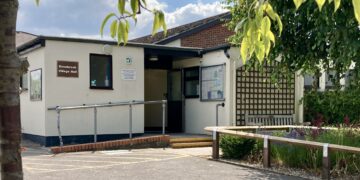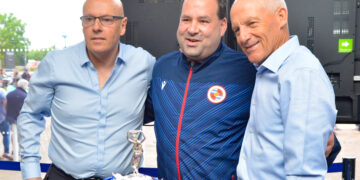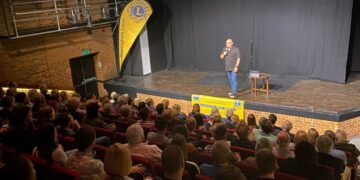Premier League referee, Lee Mason, created controversy last weekend with his handling of a Brighton and Hove Albion free-kick just outside the West Bromwich Albion penalty area.
Whilst the Baggies players were sorting themselves out, Brighton’s Lewis Dunk, says he asked Mason if he could take a quick free-kick, to which he replied yes and blew his whistle. Just before the ball entered the goal, he blew it again. Eventually after discussion with his VAR, he disallowed what would have been an equalising goal.
The use of the referees whistle has subtlety changed over the years. Originally, the Laws of the Game said that ‘the referee signals the recommencement of the game after all stoppages’.
Under free kicks it said, ‘The kick must not be taken until the referee gives the signal, mainly by whistle’. After several changes the Laws now say, ‘The referee supervises/indicates the restart of play, with the advice that ‘the whistle is not needed to restart for most free kicks’.
This change from mainly used to seldom used is part of ‘speeding up the play’.
Apart from the penalty kick, the only free kick where the whistle is commonly used, is the one near the goal area of the defending team, from where goals are often scored.
But this is not a fixed requirement. One goalkeeper who got caught out by a quickly taken kick in this situation told me he hadn’t had time to organise the wall. I had to explain to him that wasn’t a given right.
Many referees at these situations wait until they have reached the spot for the free-kick to be taken, before deciding whether to use the whistle. Prior to that they might well allow a quick free-kick to be taken.
If not, most referees will hold the whistle up above their head to show everyone that the kick must await for it to be blown. Lee Mason said he blew his whistle to stop some pushing in the line, not to signal for the kick to be taken. Bad choice. The retake was saved.
By Dick Sawdon Smith












































